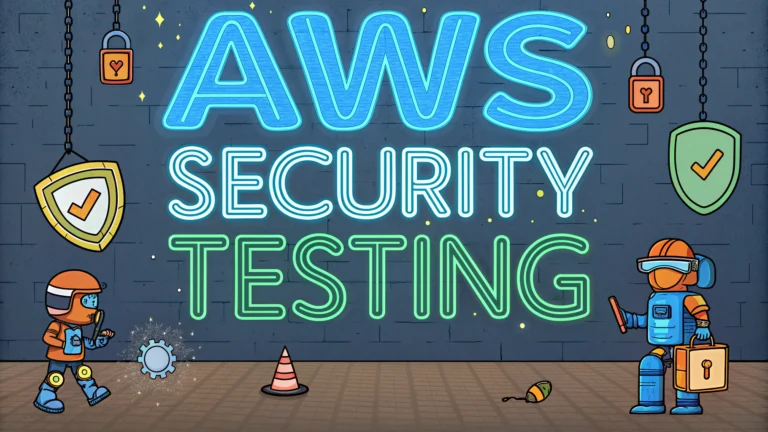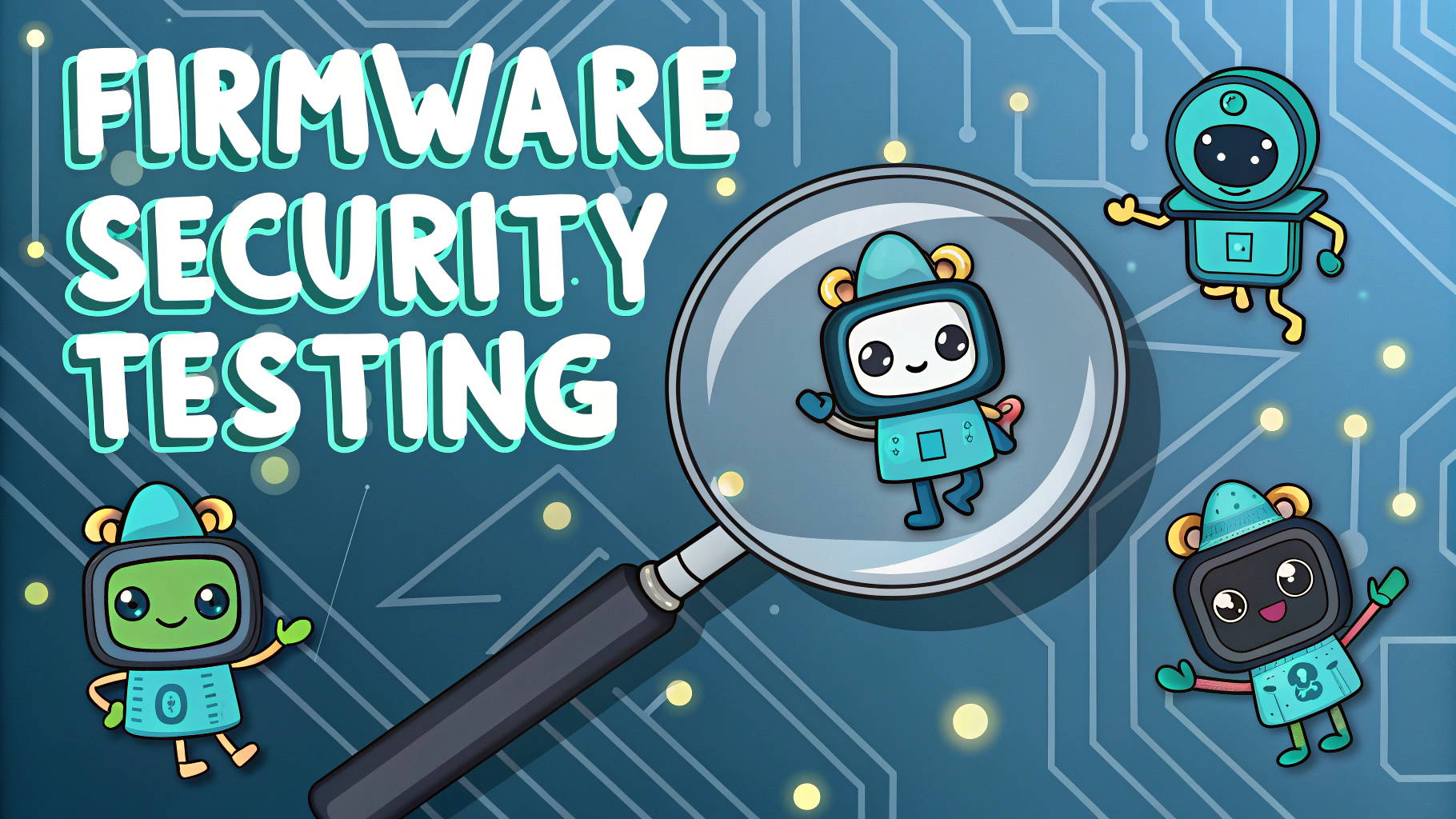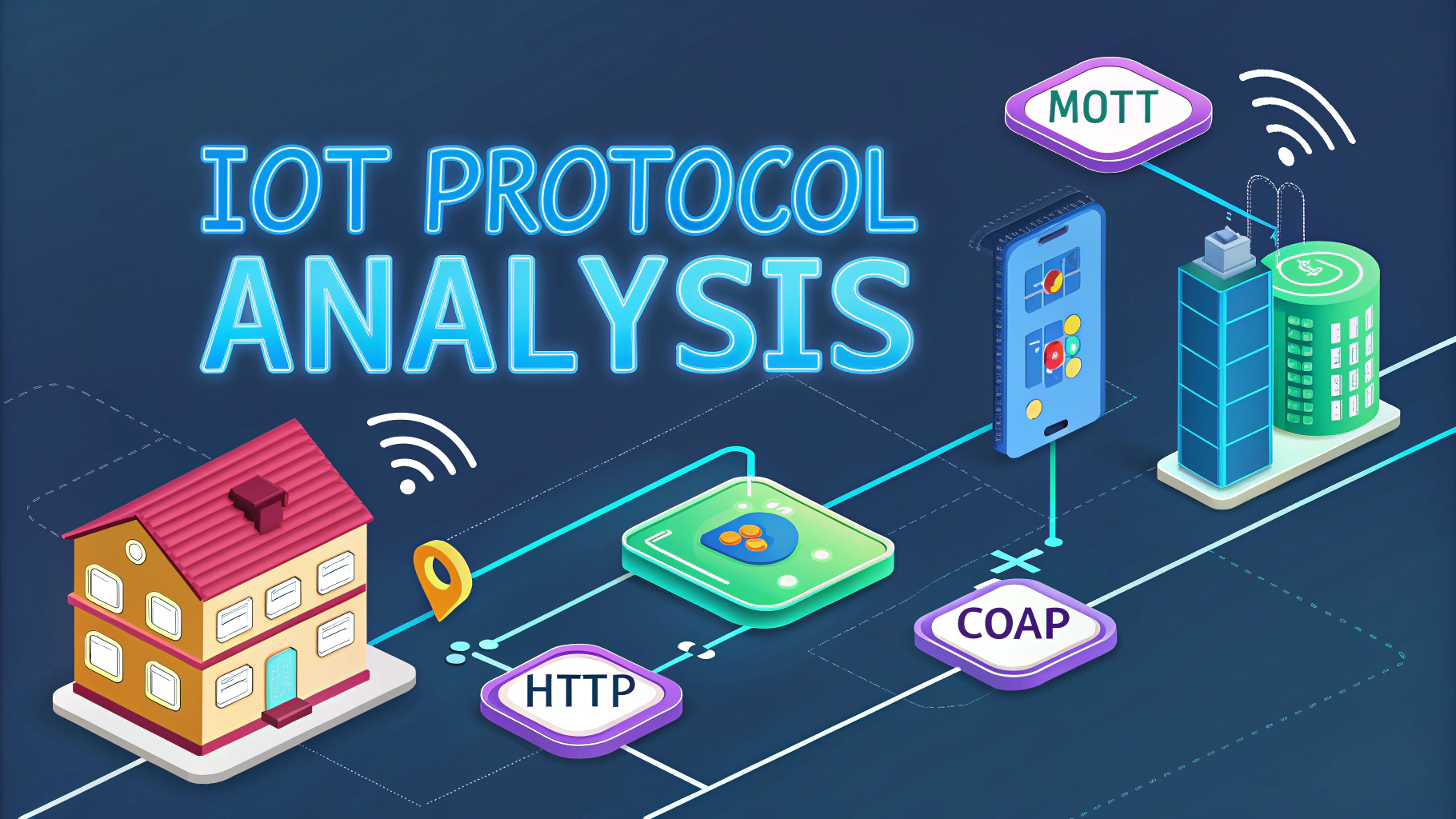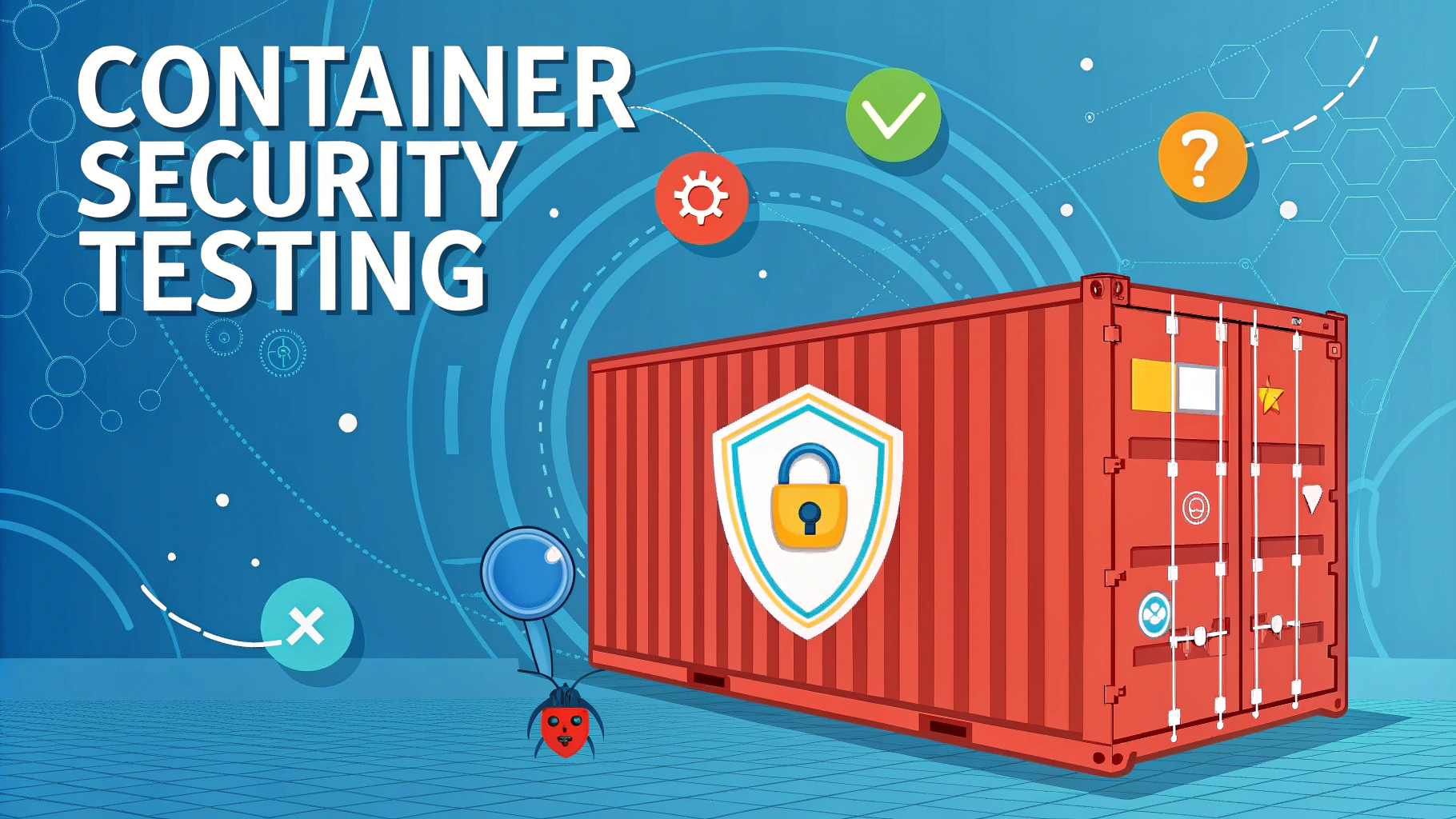AWS penetration testing requires explicit permission from Amazon Web Services before you can start security assessments on your cloud infrastructure.
You can request permission through the AWS Vulnerability and Penetration Testing Request Form for your specific IP ranges and testing timeframes.
AWS Services You Can Test Without Permission
- Amazon EC2 instances, NAT Gateways, and Elastic Load Balancers
- Amazon RDS
- Amazon CloudFront
- Amazon Aurora
- Amazon API Gateways
- AWS Lambda and Lambda Edge functions
- Amazon Lightsail resources
- Amazon Elastic Beanstalk environments
Prohibited Testing Activities
- DNS zone walking via Amazon Route 53 Hosted Zones
- Denial of Service (DoS), Distributed Denial of Service (DDoS), Simulated DoS, Simulated DDoS
- Port flooding
- Protocol flooding
- Request flooding (login request flooding, API request flooding)
Essential AWS Security Testing Tools
- Scout Suite – Multi-cloud security auditing tool
- Prowler – AWS security assessment, auditing, and hardening tool
- CloudSploit – AWS security configuration monitoring
- CloudMapper – AWS network infrastructure visualization
- Pacu – AWS exploitation framework
Key Testing Areas
| Component | Testing Focus |
|---|---|
| IAM | Permission settings, access keys, password policies |
| S3 Buckets | Public access, encryption, versioning |
| Security Groups | Open ports, unnecessary access, rule configurations |
| CloudTrail | Logging coverage, log integrity, monitoring |
Contact AWS Support at aws-security@amazon.com if you need clarification about permitted testing activities.
Document all testing activities and maintain detailed logs for compliance and audit purposes.
Testing Best Practices
- Use separate testing accounts to isolate security assessments from production environments
- Enable AWS CloudTrail before testing to track all API activities
- Set up AWS Config to monitor resource configurations
- Use AWS Security Hub to aggregate security findings
- Implement proper tagging for resources under testing
Remember to review the AWS Shared Responsibility Model to understand security testing boundaries.
Advanced Testing Considerations
Compliance Requirements
- Align penetration testing with regulatory frameworks (PCI DSS, HIPAA, SOC2)
- Document testing methodologies and findings for auditors
- Maintain evidence of AWS testing permissions
- Track remediation efforts and timeline
Automated Security Assessment
- Schedule regular automated scans using AWS Inspector
- Implement continuous security monitoring
- Set up automated alerting for security findings
- Use AWS Systems Manager for configuration compliance
Response Planning
| Finding Severity | Response Time |
|---|---|
| Critical | Immediate (within 24 hours) |
| High | Within 72 hours |
| Medium | Within 1 week |
| Low | Within 1 month |
Conclusion
Successful AWS penetration testing requires careful planning, proper authorization, and comprehensive documentation. Following AWS guidelines, using appropriate tools, and maintaining security best practices ensures effective security assessments while complying with AWS policies.
Regular testing, combined with continuous monitoring and prompt remediation of findings, strengthens your AWS infrastructure’s security posture. Stay updated with AWS security best practices and maintain open communication with AWS support for optimal testing outcomes.
FAQs
- Do I need permission from AWS to perform security testing on my AWS infrastructure?
Yes, you need to request permission from AWS before conducting penetration testing on your AWS infrastructure, except for specific services that are pre-approved for testing. You can submit a request through the AWS Vulnerability / Penetration Testing Request Form. - Which AWS services can I test without requesting explicit permission?
You can test eight AWS services without permission: Amazon EC2 instances, NAT Gateways, and Elastic Load Balancers; Amazon RDS; Amazon CloudFront; Amazon Aurora; Amazon API Gateways; AWS Lambda and Lambda Edge functions; Amazon Lightsail resources; and AWS Elastic Beanstalk environments. - What types of security tests are prohibited on AWS infrastructure?
AWS prohibits DDoS simulations, DNS zone walking, port flooding, protocol flooding, and request flooding. Additionally, any testing that violates the AWS Acceptable Use Policy is not permitted. - How long does AWS take to approve a penetration testing request?
AWS typically processes penetration testing requests within 48 hours, but it’s recommended to submit requests at least one week before planned testing activities. - Can I perform security testing on AWS GovCloud (US)?
Yes, but testing on AWS GovCloud (US) requires a separate approval process and additional documentation due to its specific compliance requirements. - What information should I include in my AWS penetration testing request?
Include your AWS account ID, IP addresses performing the testing, time frames for testing, targeted AWS resources and their IPs, and your emergency contact information. - Are there specific tools recommended for AWS security testing?
AWS recommends using Amazon Inspector, AWS Security Hub, and AWS Config for security assessments. Third-party tools like Nmap, Metasploit, and Burp Suite are also commonly used but must comply with AWS testing policies. - What should I do if I discover a security vulnerability during testing?
If you discover a vulnerability in AWS services, report it through the AWS Security Bug Bounty Program. For vulnerabilities in your own infrastructure, follow your organization’s security incident response procedures and remediate the issue. - Can I perform continuous security testing in AWS?
Yes, you can implement continuous security testing using AWS native services like Amazon Inspector and AWS Security Hub. However, active penetration testing still requires explicit permission or must fall under pre-approved services. - What are the consequences of unauthorized security testing on AWS?
Unauthorized testing can result in immediate suspension or termination of your AWS account, potential legal action, and violation of AWS Service Terms.








